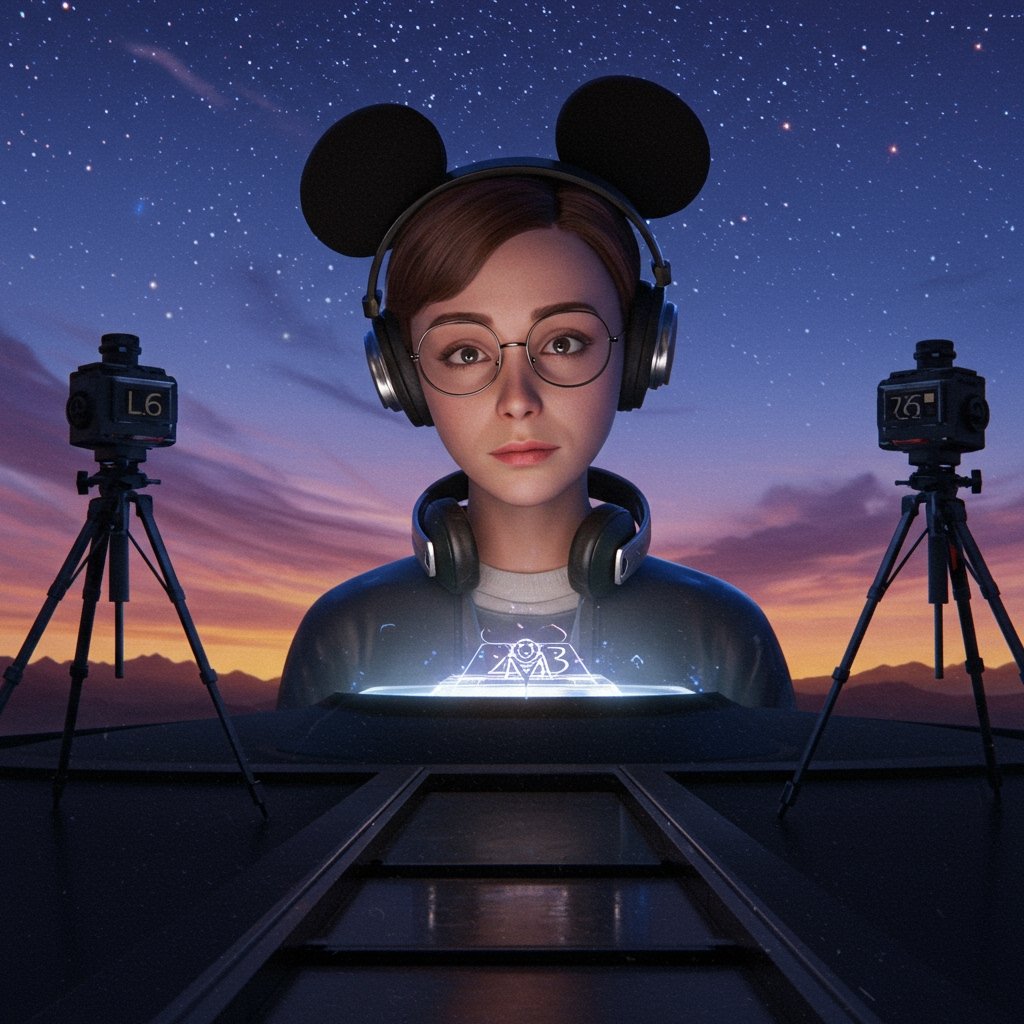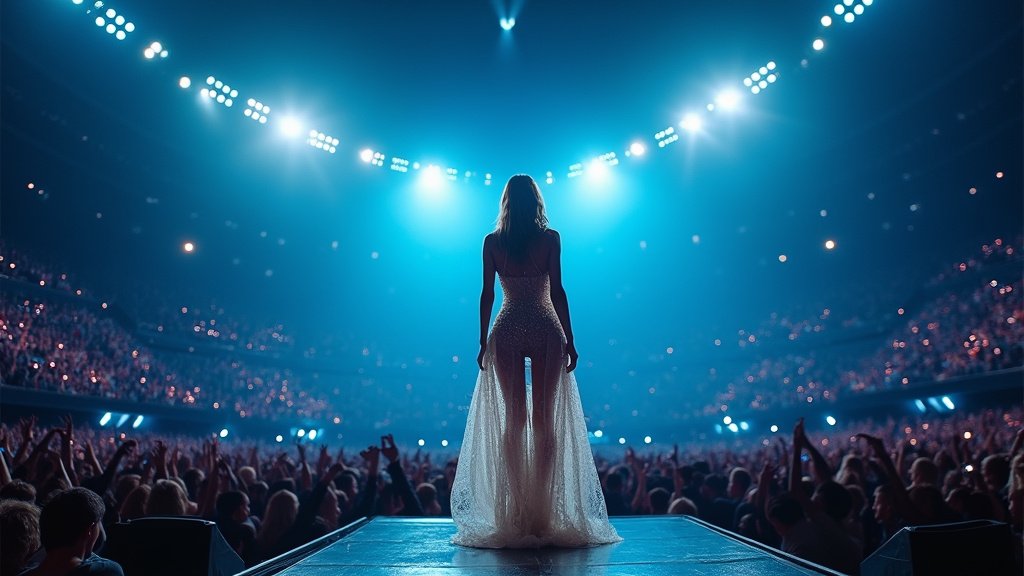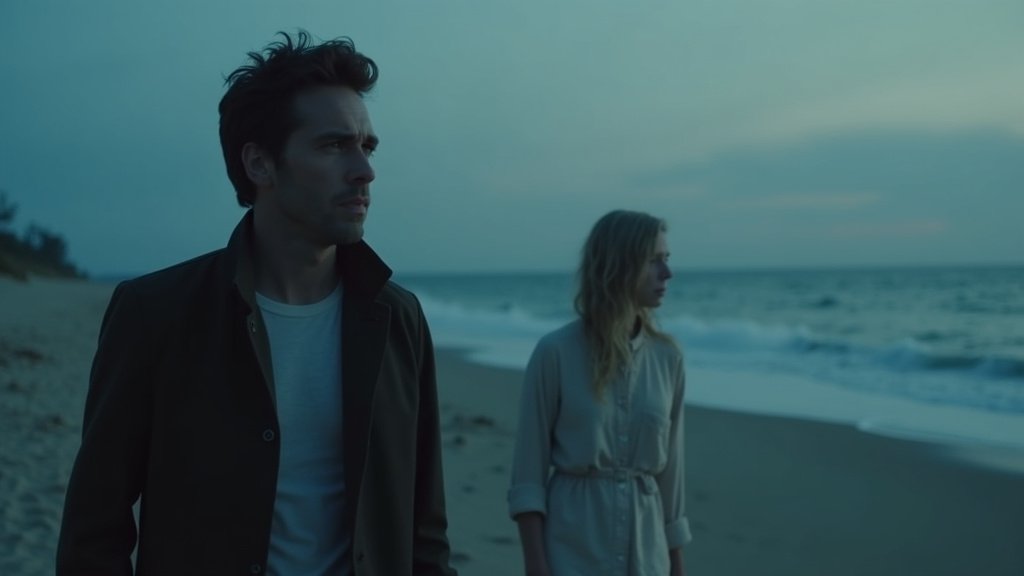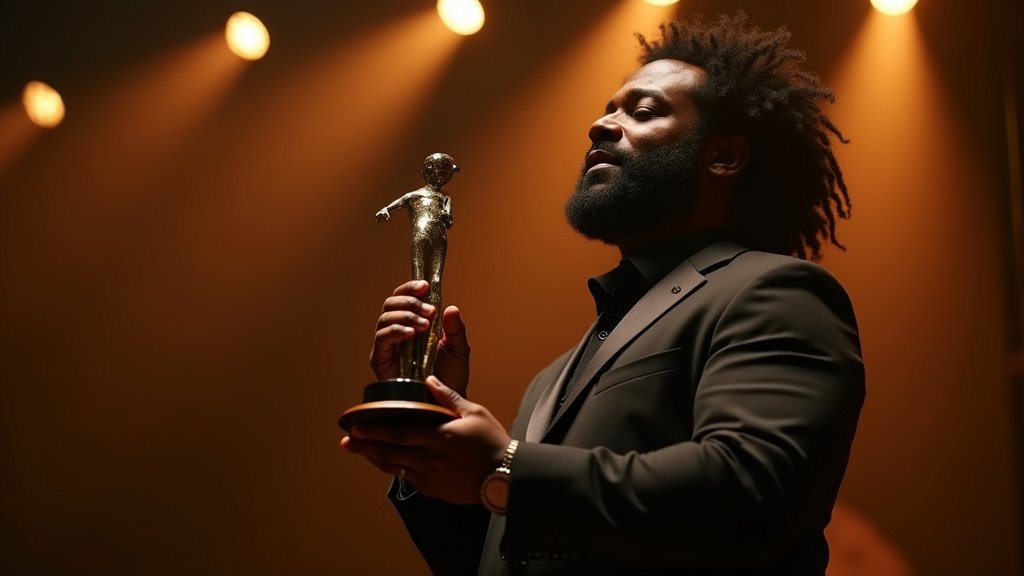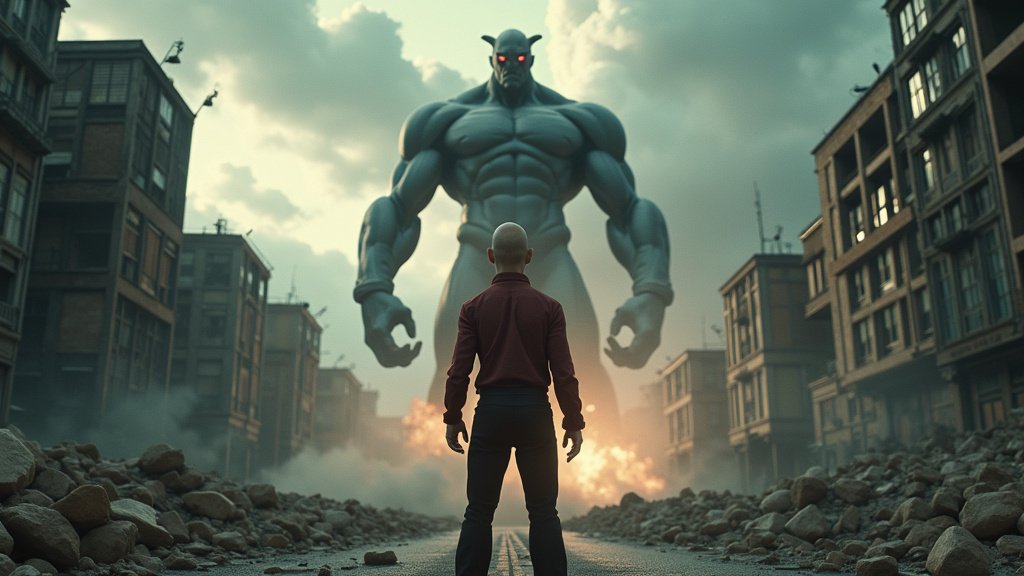BURBANK, California – The Walt Disney Company is reportedly conducting a discreet pilot program at its Burbank studio complex, exploring the potential of advanced artificial intelligence to fundamentally alter and accelerate the crucial pre-production phases of filmmaking.
Sources familiar with the development indicate that the studio is testing a sophisticated AI-powered system aimed at streamlining and speeding up tasks typically performed by human artists and technicians, specifically within the realms of pre-visualization and storyboarding for upcoming feature films and series.
While framed internally, according to reports, as a necessary step towards achieving greater efficiency and cost-effectiveness in an increasingly competitive media landscape, the initiative has quickly become a focal point of intense discussion and concern throughout Hollywood’s creative community and among industry labor unions.
Understanding Pre-Visualization and Storyboarding
At its core, pre-visualization (or “pre-vis”) is a process where sequences of a film or show are visualized in a rudimentary digital form, often akin to basic computer animation. It serves as a cinematic blueprint, helping directors, cinematographers, and visual effects supervisors plan camera angles, blocking, pacing, and action before principal photography begins. This step is vital for complex sequences, action scenes, or projects heavily reliant on visual effects.
Storyboarding, a more traditional technique, involves creating a sequence of drawings or illustrations that depict each shot in a film or scene in chronological order. Like pre-vis, it helps visualize the narrative flow, composition, and shot transitions, serving as a guide for the entire production crew.
Both processes are deeply collaborative and highly artistic, requiring significant creative input, interpretation, and drawing or digital art skills from experienced professionals. They are critical steps that bridge the gap between the script and the final filmed product.
The AI-Powered Pilot Program
According to insiders, the AI system being tested at the Burbank facility is designed to automate or heavily assist in generating these visual sequences. By potentially analyzing scripts, character descriptions, and directorial notes, the AI could, in theory, rapidly produce initial pre-visualization clips or storyboard panels at a speed and scale currently impossible for human teams.
The reported goal is to dramatically cut down the time and resources spent in these early visual development stages, allowing filmmakers to iterate on ideas more quickly and potentially reduce overall production timelines and budgets. The specific capabilities and scope of the technology under evaluation remain tightly guarded, reflecting the sensitive nature of introducing such disruptive tools into established workflows.
Industry Concerns and Creative Backlash
News of Disney’s pilot program, despite its reported quiet nature, has resonated loudly across Hollywood. The primary concerns voiced by creatives, artists, and union representatives center on the potential for AI to displace human jobs and diminish the value of artistic skill and experience.
Unions representing writers (Writers Guild of America – WGA), directors (Directors Guild of America – DGA), and a vast range of craftspeople and technicians, including many involved in animation, visual effects, and pre-production roles (International Alliance of Theatrical Stage Employes – IATSE), have been actively monitoring the integration of AI into production pipelines. They have sought to negotiate protections for their members, including limitations on AI’s use and ensuring that human creators are properly credited and compensated.
Artists specializing in storyboarding and pre-visualization express apprehension that AI could automate significant portions of their work, potentially leading to fewer jobs or a devaluation of their services. There are also concerns about the potential impact on the creative process itself – whether AI-generated visuals, while fast, can capture the nuance, unique style, and collaborative synergy that human artists bring to the table.
The debate underscores a broader tension within the entertainment industry: how to embrace technological advancements that promise efficiency and new creative possibilities without eroding the human artistic foundation upon which Hollywood has been built.
The Road Ahead
The integration of AI into film production is not unique to Disney, with various studios and tech companies exploring similar applications across different stages of the filmmaking process, from script analysis to post-production. However, Disney’s move into pre-visualization and storyboarding is particularly significant given these phases’ deeply artistic and interpretive nature.
As this pilot program unfolds, the industry will be closely watching its results. Will the AI tool prove to be a powerful assistant for human creativity, handling tedious tasks and accelerating the early visualization process? Or will it be seen as a replacement for skilled artists, fundamentally changing the collaborative dynamics and employment landscape of pre-production?
The outcome of Disney’s experiment could set a precedent for other studios, potentially accelerating the adoption of AI in creative roles throughout Hollywood. It highlights the urgent need for ongoing dialogue between studios, technologists, artists, and unions to navigate the complex future of filmmaking in the age of artificial intelligence, balancing innovation with the preservation of human artistry and livelihoods.

